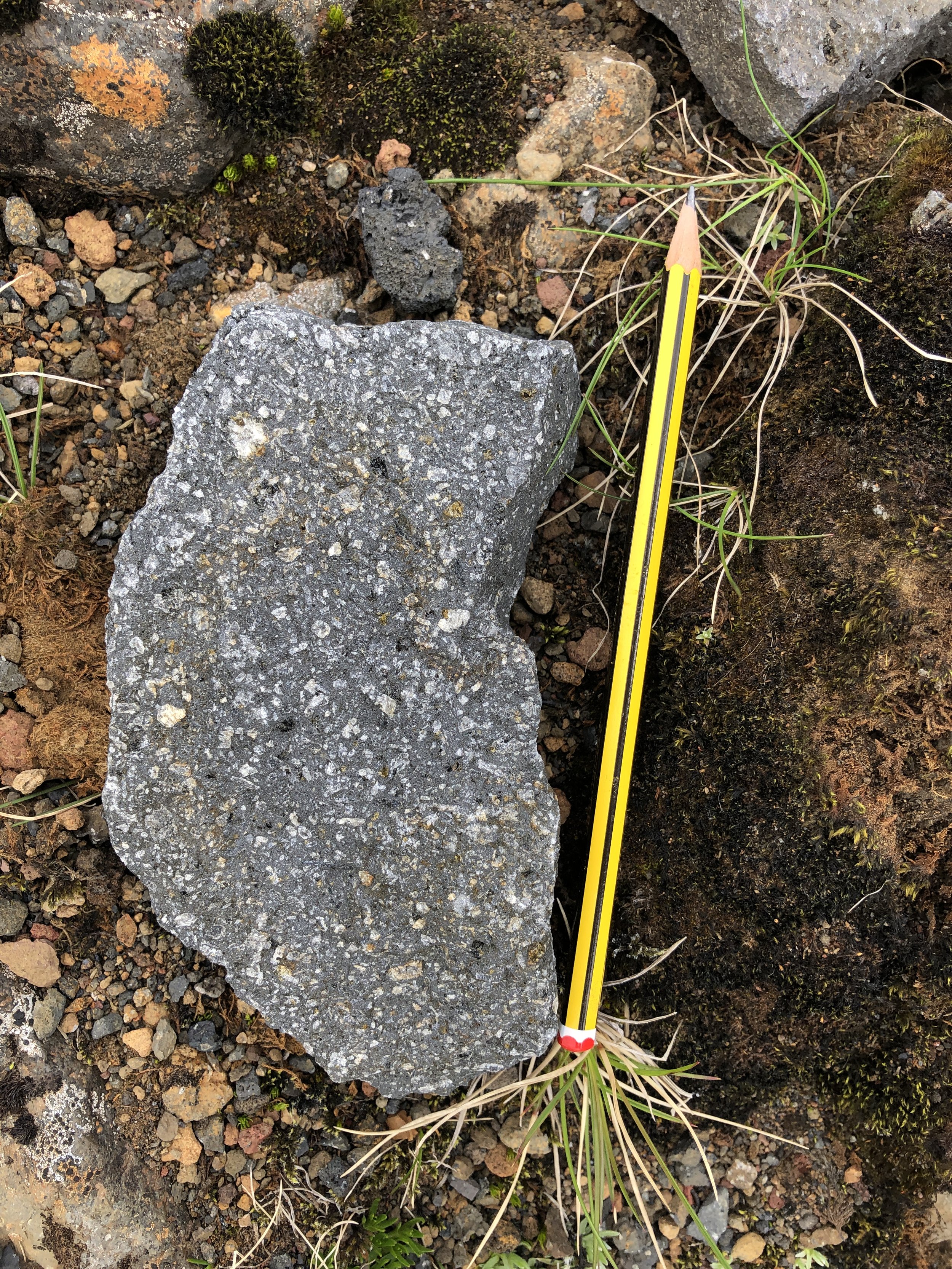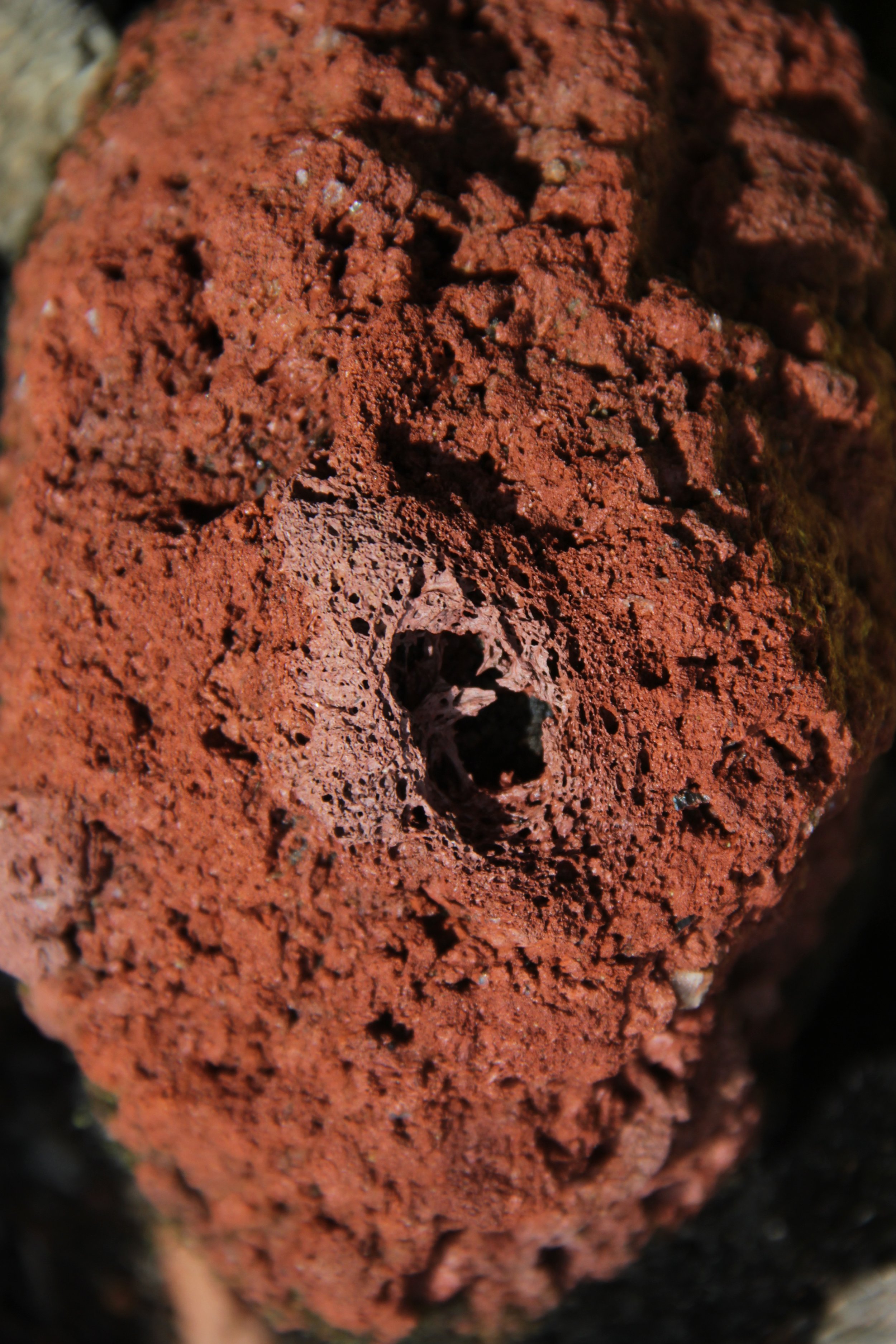The Eyjafjallajökull Saga, Part One
While thinking of a topic for my undergraduate dissertation, I was certain of two things: I wanted to do fieldwork and focus on glaciovolcanism. The study of what happens when lava meets ice intrigued me immensely, as did the possibility of doing my field research in Iceland, which is littered with rocks of glaciovolcanic origin. I got talking to Professor Andy Dugmore, Edinburgh’s residential expert on Iceland, about potential field areas and was pointed to Eyjafjallajökull. Yes, that one. Most research concerning the volcano has focused on the infamous eruption in 2010 but much less attention has been given to the even older volcanic activity on its flanks. Ideal. I wrote a proposal, bought equipment, booked plane tickets. Everything was ready for me to spend a week on Iceland’s most famous volcano.
Apart from the fact that I’d never been to Iceland before. Nor had I ever been wild camping.
This was going to be interesting…
Running Trudging Up That Hill
I might be smiling here but it didn’t last long.
I set off on the Icelandic adventure with my friend-turned-field assistant, Lindsay. We stocked up on essentials in Reykjavík and made our way to the south coast. Tourists here were flocking to the Seljalandsfoss waterfall but we were noticed by a slightly different flock. Several oystercatchers were flying in circles around us, screeching alarmingly and diving down every now and then. They likely aren’t used to people walking slowly on the road that is usually busy with fast-moving cars!
After this brief wildlife encounter, it was time to brave the mountain itself. Luckily, our target was located at the end of a road used by tours to get to the glacier, so it was impossible to get lost. We did not walk up the road, though. We trudged. I was carrying at least half my body weight in supplies and equipment, so we had to stop every couple of minutes to have a break. My back was in pain. I thought that that three-hour-long walk was the most strenuous thing I’d ever done, however, I was going to be proven wrong very soon (as will you in Part Two of this blog)…
Exhausted, we were able to make it to the top. Our campsite was in Tröllamýri (literally “troll’s swamp”), a vast plain where moss covers a long-cold lava field named Hamragarðahraun. We set up our tent, cooked some dinner and were ready for our first night of wild camping* on an active volcano. It is not currently erupting (thankfully) but is still classified as active due to its recent eruptions. Exciting!
The most scenic campsite. The hills in the background were where I worked: Arnargilshryggur on the left, Hornfell (ridge) in the middle, Dagmálafjall on the right.
The floor is lava
For an aspiring volcanologist like me, there is nothing more exciting than spending time on an active volcano. I’d had this opportunity once before when I visited Mount Vesuvius in 2016. But it was different this time. I wasn’t a mere tourist. This time, I was trying to reveal the volcano’s secrets, trying to understand it better, trying to describe what no one had described before. Eyjafjallajökull thus became my office, bedroom and kitchen for a week. I worked, slept and cooked on an actual lava field. In my book, it can’t get better than that!
Tap. Tap. Tap–tap–tap–tap–tap–tap.
We woke up to rain and wind battering our tent. Great, the first day of fieldwork was going to be a wet one. Luckily, going on field trips in Scotland had prepared us for even the worst weather, so we decided to leave the safety of our tent and get acquainted with Eyjafjallajökull a little bit better. We went up some three hundred metres in elevation and found ourselves in a relatively wide plain surrounded by hills on both sides. We couldn’t see much, though. Only clouds. We were so high up that we could touch them – and they could touch us. And they did. Each passing cloud was completely saturated with water, so even though it wasn’t raining per se, we still got wet. Oh well. We pushed on and did as much work as possible in the conditions. Rain couldn’t stop us.
Around noon, something unexpected happened: the clouds lifted. Specks of blue adorned the sky. We stopped in a gorge to cook some lunch (and to look at rocks as well, obviously). A large patch of snow on the other end of the gorge glittered as the ice crystals reflected the sunlight. We could even see Eyjafjallajökull’s ice cap for a few short moments. I was completely astonished.
And then the clouds descended and all the hills were shrouded once again. If there is one constant on Eyjafjallajökull, it is the ever-changing weather.
A rare sight: the sky cleared and we could adore Eyjafjallajökull’s snow-white ice cap in all its glory.
Fifty Shades of Rocks
Overall, the first day in the field was more successful than I’d expected. My initial plan was to simply scout the area to get a feel for it. But then I saw cool rocks. Naturally, I went to see them up close and accidentally wrote a few pages worth of observations in my field notebook. Whoops!
There was beige hyaloclastite, a volcaniclastic rock formed when lava is extruded into melted glacial ice and erupts explosively, fragmenting into millions of tiny particles. Within the beige matrix are embedded larger pieces of dark material that managed to survive the explosion. Above and below the hyaloclastite tuff were layers upon layers of lavas full of colourful specks of larger minerals (called phenocrysts) in a fine-grained grey groundmass. When the sun emerged, the grey rock came to life. Its green and white and black phenocrysts shimmered. Then there was burnt-red scoria full of vesicles – empty spaces that were filled with gases when the rock was molten but evaporated when it cooled down during an eruption. I found rocks that were both red and grey, incorporating the two colours in complex flow patterns. I saw rocks that lacked phenocrysts and were nearly jet-black. Each rock was unique in its own way; none was boring.
All of these rocks were telling a story. Like a time machine, they transported me to the moment of their creation when it would be impossible to hold them in my hands. Sometimes, I found myself within a glacier, able to observe a subglacial eruption. The heat from the lava was melting the ice, not only forming hyaloclastite but also releasing meltwater and creating jökulhlaups (aka glacial floods) in the process. Other times, I was standing in the middle of a subaerial crater. Molten rock spewed from gaps in the ground, with no glacier in sight. Lava flowed down the slopes, plumes of ash blocked the sun and bombs were hitting the ground. And occasionally, there was a glacier covering the first stages of an eruption but the amount of lava being produced was so enormous that it melted its way through it, eventually reaching the surface. It was a complex story of an intricate interplay of volcanic activity and Iceland’s changing climate.
That is the beauty of geology: understanding rocks is like speaking a language. If you listen to what they have to say, rocks can reveal secrets that would otherwise stay hidden. They can transport you to a whole different world and you don’t even need a TARDIS.
Left to right: an outcrop of hyaloclastite, a specimen of grey lava with phenocrysts, a red scoria with vesicles, a specimen with alternating grey and red bands.
GLOSSARY
glaciovolcanism – the study of what happens when lava interacts with ice in any form (such as glaciers, snow or permafrost)
hyaloclastite – a beige or brown volcanic rock that forms when lava rapidly cools down and is fragmented when erupting underwater or beneath a glacier
ice cap – a mass of ice that covers an area smaller than 50,000 km squared
jökulhlaup – an Icelandic term for a flood created due to the melting of a glacier
phenocryst – a mineral crystal in a volcanic rock that is visibly larger than the mineral grains of the groundmass
scoria – a volcanic rock containing many holes which typically forms during explosive eruptions
tuff – a porous rock formed when volcanic ash solidifies
vesicle – a hole in a volcanic rock left behind by gas bubbles which evaporated when the lava cooled down
volcaniclastic – a sedimentary rock composed of broken fragments of volcanic rocks
* DISCLAIMER: Wild camping in Iceland is illegal. We were camping on private land and had written permission from the landowner.







